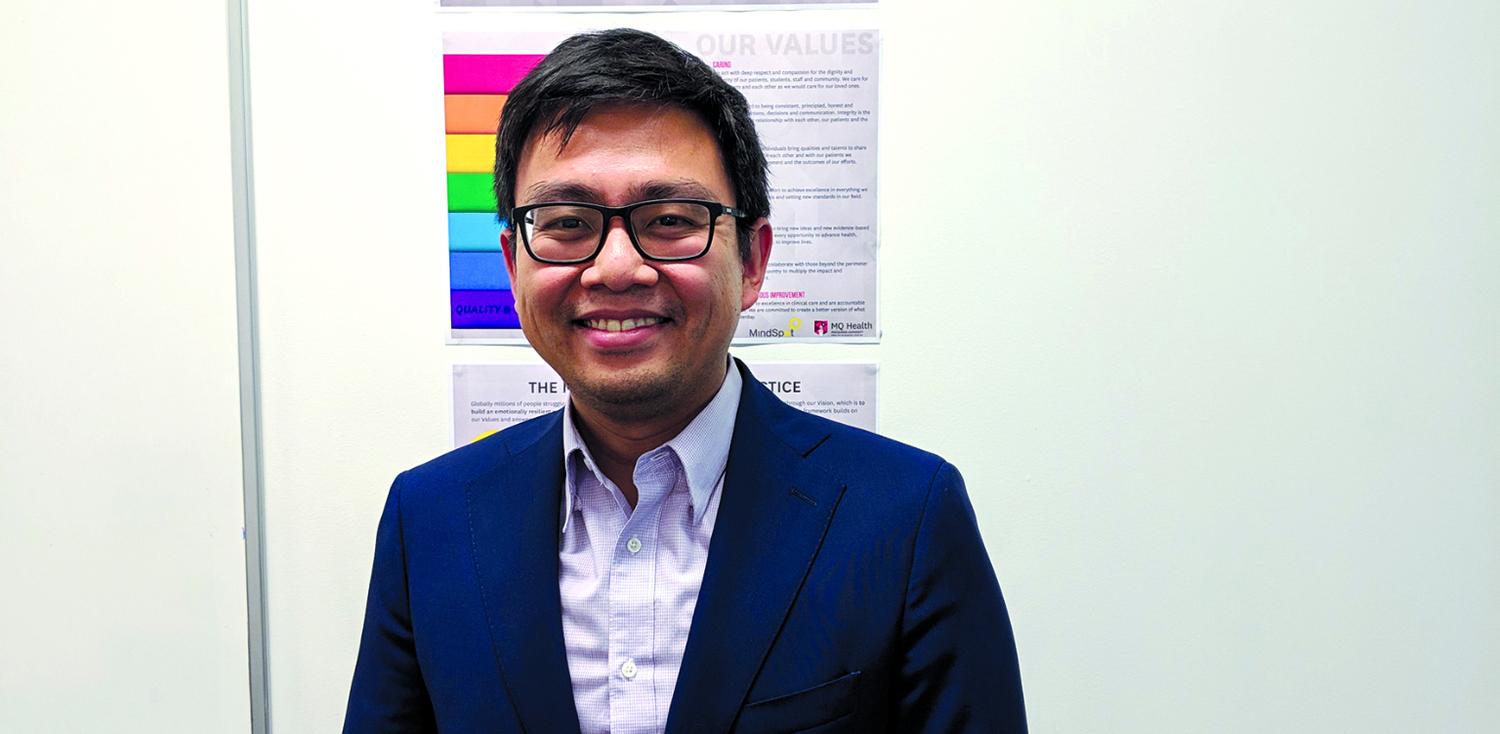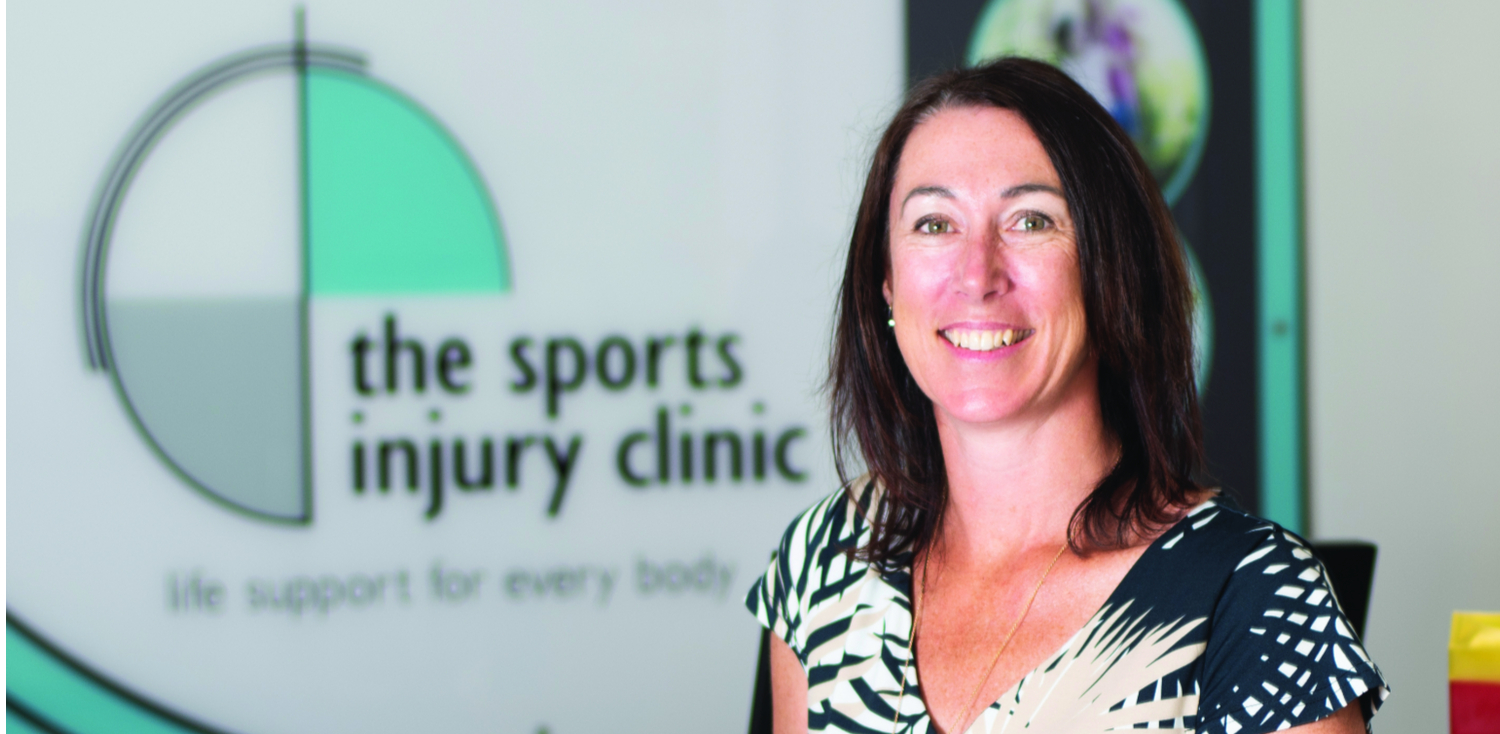Young leader and registered psychologist, Rheza Tan CMgr MIML, lists how the mind impacts effective management.
1. MASTER THE LEADERSHIP MINDSET
When I studied business, I found that many leadership concepts are drawn from psychology or informed by the science. The two main lessons that I keep in mind are:
- Look after people. Don’t just focus on the bottom line. If you look after your people, then they’ll do the same for you and your organisation.
- Have meaning and purpose. As these are higher-level needs, once people meet their basic needs, they search for meaning and purpose. I found that leaders who share their sense of purpose with their staff and organisation support others in fulfilling their higher-level needs too.
2. CULTIVATE A POSITIVE VIEW
Although I was primarily trained to help people with diagnosed mental illness, when I became a manager I was drawn to positive psychology. It’s about assisting healthy people to increase their wellbeing and happiness. The focus is on enhancing the positive rather than eliminating the negative. When I dug deeper, I found that positive psychology, and business and executive coaching are becoming really intertwined. There’s a strong alignment between positive psychology and coaching. Leaders can use positive psychology models and apply those when helping their teams.
3. LISTEN TO THE UNHEARD
Both personally and professionally I’m drawn to assist those from a culturally and linguistically diverse background – including students, migrants and refugees. Regardless of where people come from, there’s always a struggle to adjust to a new culture. The greater issue they face is a lack of good mental health literacy. Many cultures don’t acknowledge mental health issues. In some, they don’t even have words to describe concepts like anxiety and depression. So it can be challenging for them to get support. As a migrant myself, I understand their experience. When they can speak to someone who understands, it really makes a huge difference.
4. DEVELOP AS A PROFESSIONAL AND AS A LEADER
Completing the Chartered Manager program was the first time I was exposed to a competency framework for leaders. Comparing myself against it was an excellent reflective process. I feel that it gave me an ongoing commitment to be competent as a professional leader. As Chartered Managers, we have a responsibility to uphold ethical business standards and a commitment to leadership development. I know many colleagues who are both health professionals and leaders. While they tend to continue clinical training, they don’t always develop their management knowledge or leadership skills in the same way. Now, I complete professional development for two disciplines – as a psychologist and as a leader.
This article originally appeared in the September 2019 print edition of Leadership Matters, IML ANZ’s quarterly magazine. For editorial suggestions and enquiries, please contact karyl.estrella@managersandleaders.com.au.












